Glycemic index and glycemic load: the guide
Glycemic index and glycemic load might sound like fancy words, but they're actually really helpful in understanding how quickly the carbs in your food can affect your blood sugar levels.
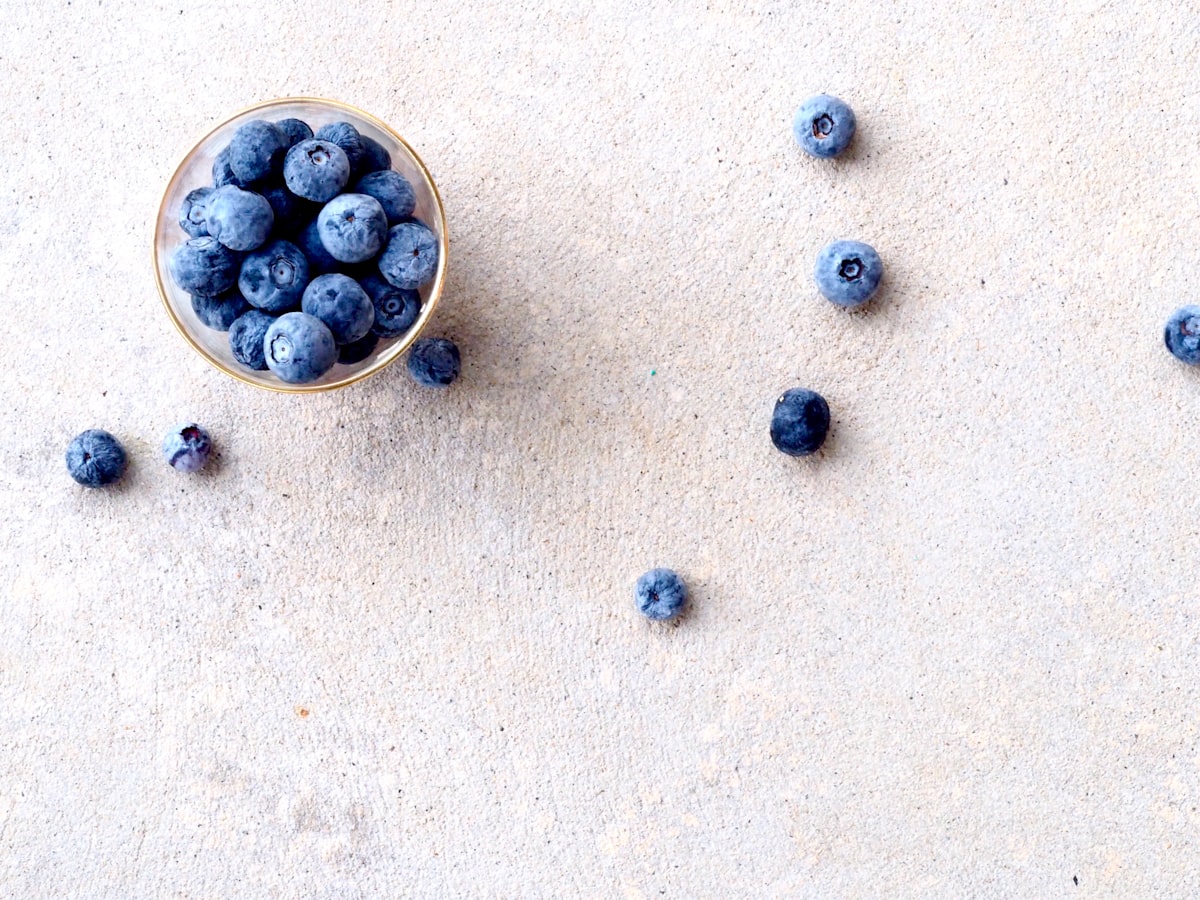
Glycemic index (GI) and glycemic load (GL)
Glycemic index and glycemic load might sound like fancy words, but they're actually really helpful in understanding how quickly the carbs in your food can affect your blood sugar levels. And trust me, it's important to know about it when it comes to making healthier dietary choices, especially when it comes to managing diabetes.
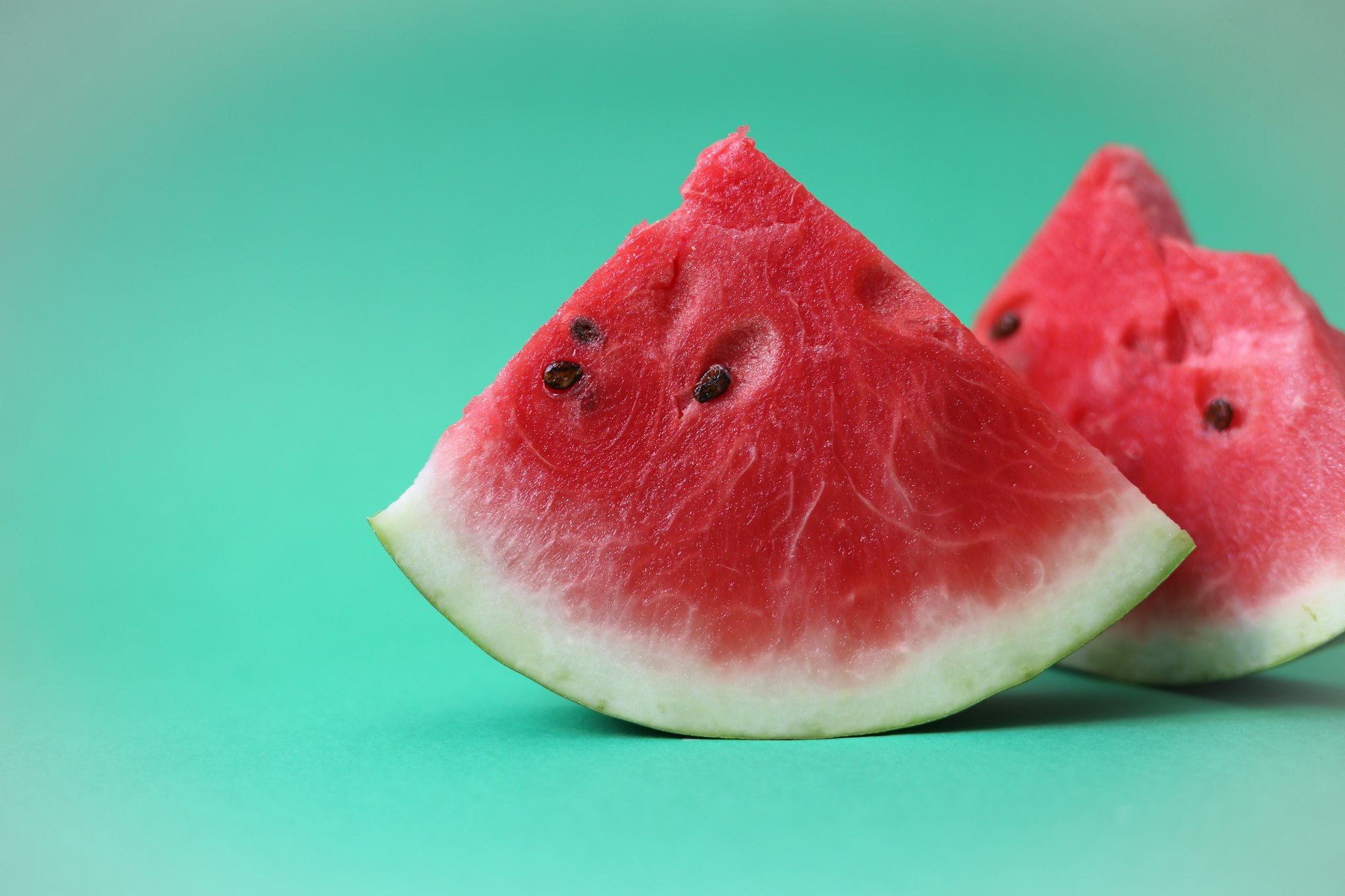
Let's start with glycemic index (GI)
This is basically a ranking of carbs in food based on how they affect your blood glucose levels. The higher the GI value (which ranges from 0 to 100), the more your blood sugar levels will spike after eating that food. So, foods with a high GI value (70 or higher) will cause a rapid increase in blood glucose levels, while those with a low GI value (55 or less) will cause a more gradual increase (for example white bread = 71, baked potatoes = 85, watermelon = 72, dates =103).
Glycemic load (GL)
But here's where it gets interesting. Glycemic load (GL) takes into account both the quantity and quality of carbs in a food, not just the speed at which they are digested. Let me give you a few examples so you can grasp the concept:
- Watermelon has a high GI (72) but low GL (4) due to its low carbohydrate content per serving.
- Brown rice has a low GI (50) but moderate GL (19) due to its relatively high carbohydrate content per serving.
- Carrots have a medium GI (47) but relatively low GL (2-3) due to their low carbohydrate content per serving.
So here is the deal, high GI doesn't mean high GL! A food with a high GI can have a low GL if it has few carbs per serving, and vice versa.
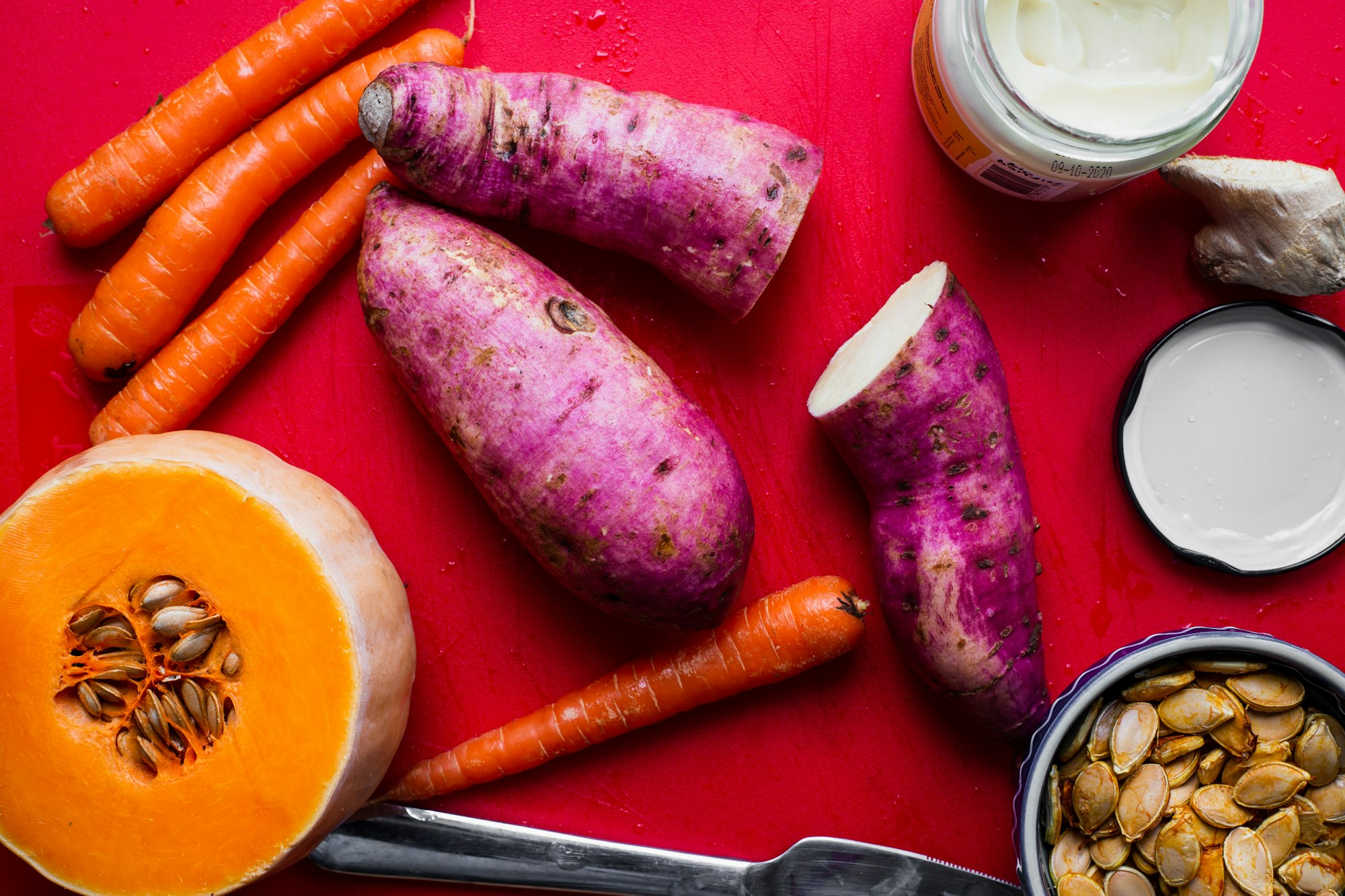
How can you incorporate GI and GL into your diet? Here are a few tips:
- Choose low GI and GL foods most of the time, like non-starchy veggies, fruits, whole grains, nuts, and legumes and limit white bread, sugary drinks, and processed snacks.
- Mix high GI foods with low GI foods to balance out the effect on blood sugar levels.
- Be mindful of portion sizes, as even low GI foods can add up, make sure you balance the amount of carbs with proteins, healthy fats and fibre-rich foods.
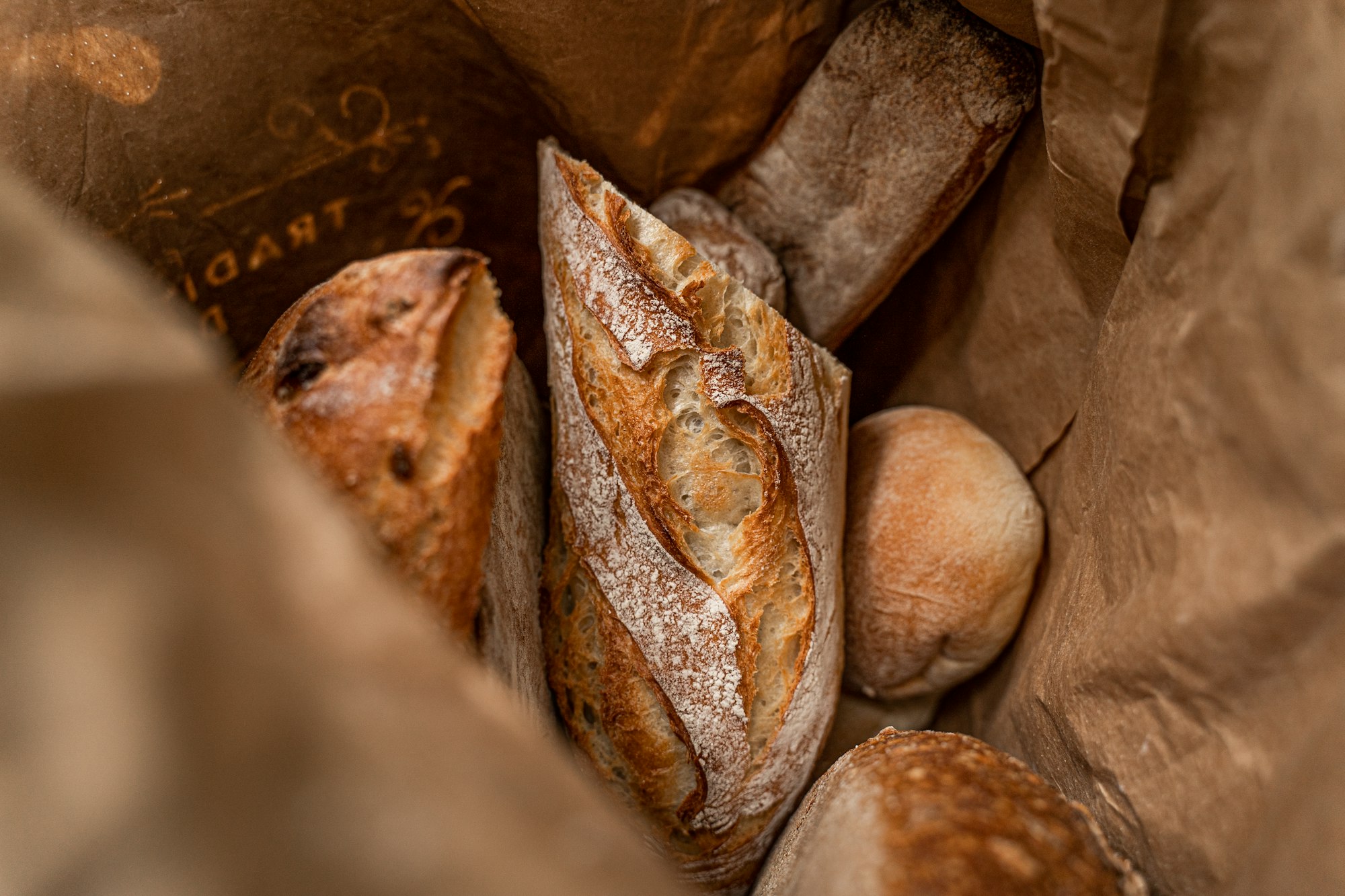
Pairing High GI foods with low GI foods to balance out the effect on blood sugar levels: examples
- Raisins with mixed nuts: raisins have a high GI while mixed nuts have a low GI
- White rice with mixed vegetables: white rice has a high GI while mixed vegetables have a low GI
- Whole grain toast with avocado: whole grain bread has a medium GI while avocado has a low GI
- Roasted sweet potatoes with salmon: sweet potatoes have a medium GI while salmon has a low GI
- Watermelon with feta cheese and cucumber slices: watermelon has a high GI while feta cheese and cucumber slices have a low GI
- Whole grain crackers with hummus: whole grain crackers have a medium GI while hummus has a low GI
- Oatmeal with walnuts: oatmeal has a medium GI while walnuts have a low GI
- Lentil soup with a slice of whole grain bread: lentils have a low GI while whole grain bread has a medium GI
- Banana with peanut butter: banana has a high GI while peanut butter has a low GI
- Potato with salmon and asparagus: potato has a high GI while salmon and asparagus have a low GI
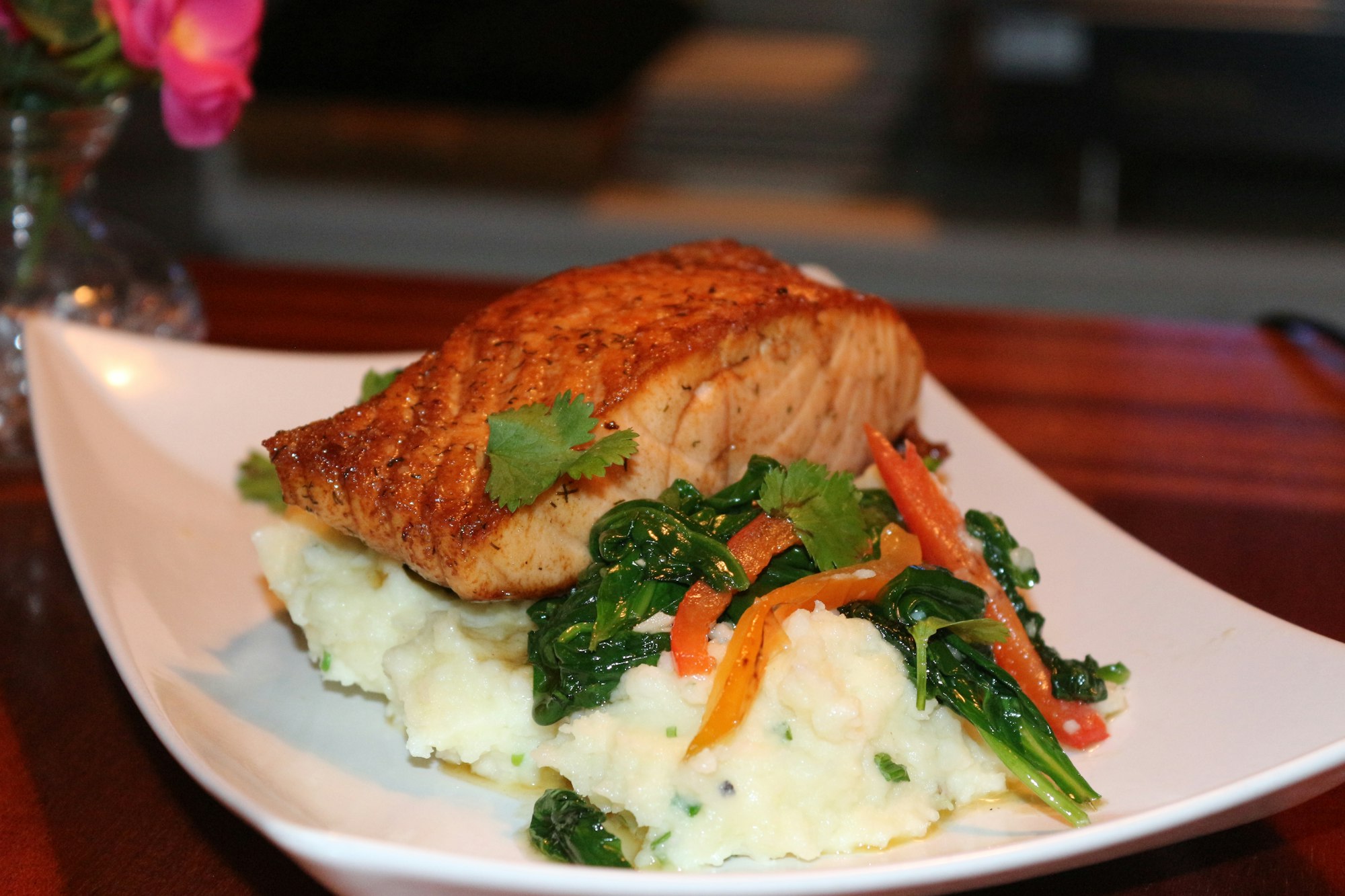
In a nutshell, understanding GI and GL can help you make healthier dietary choices and manage conditions like diabetes. So, pay attention to what you're eating and how it affects your body – It's worth it in the long run!
